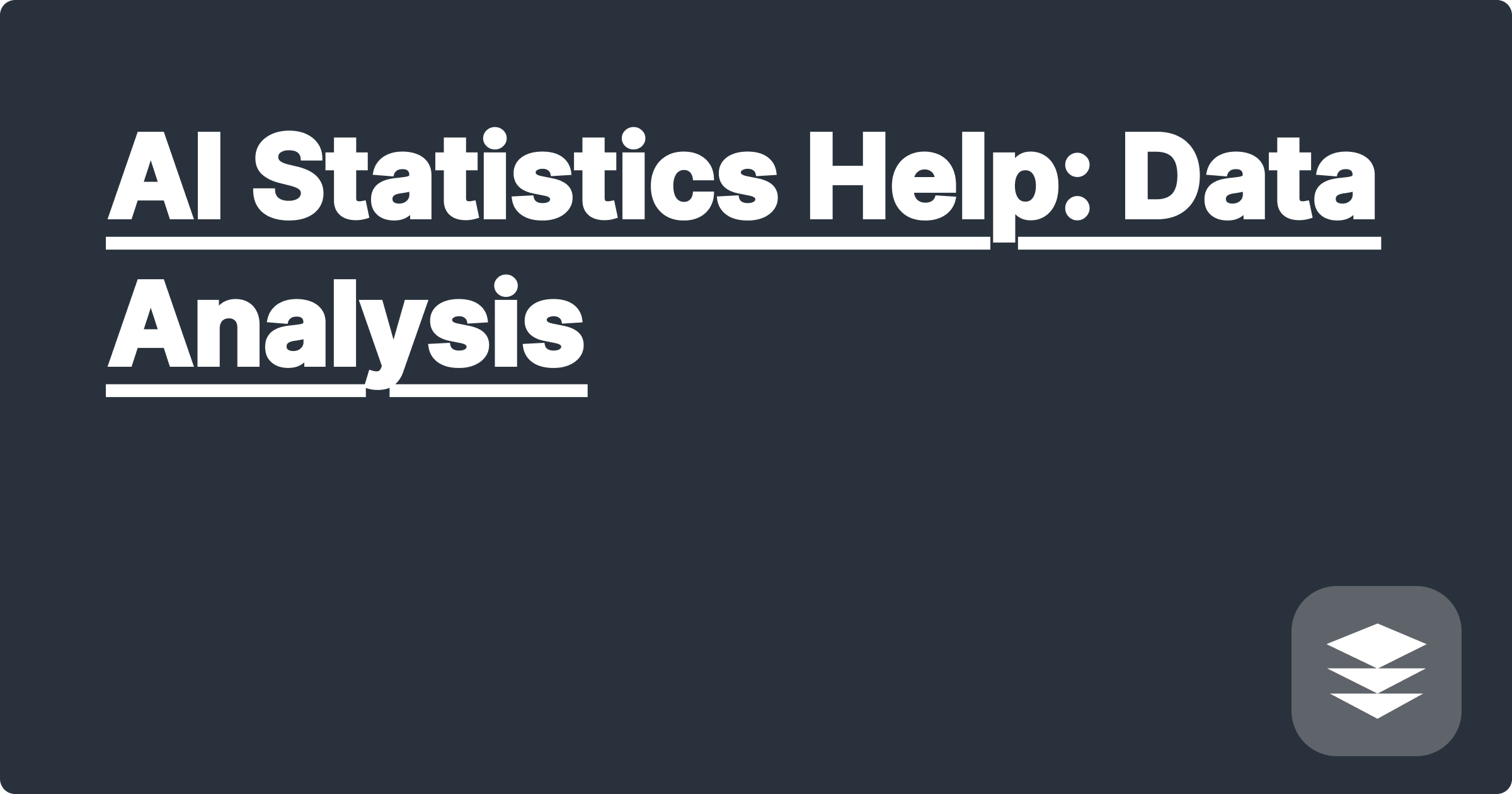
STEM fields are increasingly reliant on complex data analysis, posing a significant challenge for students and researchers. Sifting through massive datasets, identifying patterns, and drawing meaningful conclusions can be incredibly time-consuming and require specialized statistical knowledge. Artificial intelligence offers a powerful set of tools to streamline this process, enabling faster, more efficient data analysis and unlocking deeper insights. AI can assist with everything from cleaning and preparing data to performing advanced statistical modeling, ultimately empowering STEM professionals to focus on the bigger picture.
This shift towards AI-driven data analysis is not just a trend; it's a fundamental change in how STEM research is conducted. For students, mastering these AI tools is crucial for academic success and future career prospects. It allows them to tackle more complex projects, gain a deeper understanding of statistical concepts, and develop valuable data science skills. Researchers benefit from increased productivity, the ability to analyze larger datasets, and the potential for groundbreaking discoveries. Embracing AI in data analysis is no longer optional; it's a necessity for staying competitive in the rapidly evolving landscape of STEM.
Many STEM disciplines involve analyzing complex datasets to identify trends, validate hypotheses, and build predictive models. This can be particularly challenging when dealing with high-dimensional data, noisy measurements, and incomplete information. Traditional statistical methods can be computationally intensive and require significant expertise to apply correctly. Furthermore, understanding the underlying assumptions of various statistical tests and interpreting their results can be difficult for those without a strong statistical background. The sheer volume of data generated in modern scientific research further exacerbates these challenges, creating a bottleneck in the research process. Without efficient and accessible data analysis tools, researchers risk missing crucial insights and hindering scientific progress.
AI-powered tools like ChatGPT, Claude, and Wolfram Alpha offer a new paradigm for data analysis in STEM. These tools can automate many of the tedious and time-consuming tasks involved in data preprocessing, such as cleaning data, handling missing values, and transforming variables. They can also assist with exploratory data analysis by generating descriptive statistics, visualizing data distributions, and identifying potential outliers. Moreover, these AI assistants can perform complex statistical calculations, including hypothesis testing, regression analysis, and machine learning, with minimal user input. By leveraging the power of natural language processing and machine learning algorithms, these tools democratize access to advanced statistical methods, making them accessible to a wider range of STEM professionals.
Begin by clearly defining your research question and identifying the relevant data. Then, choose an appropriate AI tool based on your specific needs and the complexity of your analysis. For example, ChatGPT can be used for generating code snippets and explaining statistical concepts, while Wolfram Alpha excels at performing symbolic computations and providing detailed statistical reports. Once you have selected a tool, input your data and specify the type of analysis you want to perform. You can provide instructions in natural language, making the process intuitive and user-friendly. The AI tool will then process the data, perform the necessary calculations, and present the results in a clear and concise format. You can further refine your analysis by adjusting parameters, exploring different statistical models, and visualizing the results in various ways. Finally, interpret the results in the context of your research question and draw meaningful conclusions.
Consider a researcher studying the relationship between temperature and plant growth. They have collected data on temperature, rainfall, and plant height for a specific species. Using Wolfram Alpha, they can input the data and ask for a linear regression analysis to determine the correlation between temperature and plant height. Wolfram Alpha will calculate the regression coefficients, R-squared value, and p-value, providing insights into the strength and significance of the relationship. Another example involves a student analyzing gene expression data. They can use ChatGPT to generate Python code for performing a principal component analysis (PCA) to reduce the dimensionality of the data and identify the most important genes contributing to variation. ChatGPT can also provide explanations of the PCA algorithm and help interpret the results. These are just a few examples of how AI tools can be applied to solve real-world problems in STEM research.
To effectively utilize AI in your STEM studies and research, focus on developing a strong understanding of fundamental statistical concepts. While AI can automate many tasks, it's crucial to understand the underlying principles and interpret the results critically. Experiment with different AI tools and explore their functionalities to find the best fit for your specific needs. Practice formulating clear and concise prompts to guide the AI and obtain accurate results. Don't hesitate to ask for clarification or further explanation from the AI if needed. Furthermore, stay updated on the latest advancements in AI and data analysis techniques to maximize your efficiency and stay at the forefront of your field. Collaborate with peers and mentors to share best practices and learn from each other's experiences.
Finally, remember that AI is a tool to augment your abilities, not replace them. Developing critical thinking skills, domain expertise, and the ability to formulate insightful research questions remain essential for success in STEM. By combining your knowledge and expertise with the power of AI, you can unlock new possibilities and accelerate your progress in the exciting world of STEM research. Embrace these tools and explore their potential to transform your approach to data analysis and drive innovation in your field.
AI Chemistry Solver: Ace Exams
AI Statistics Help: Data Analysis